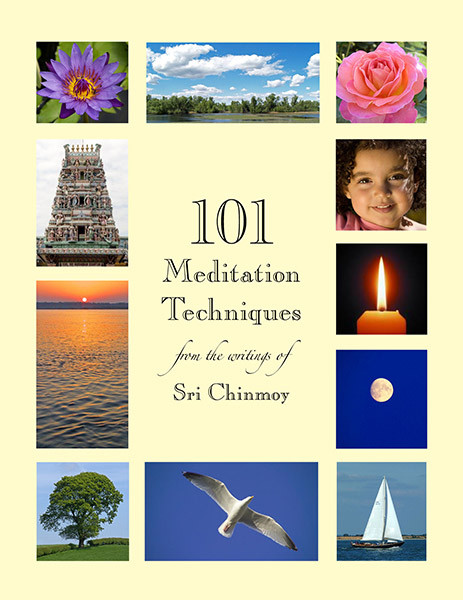There’s a well-known parable about two Buddhist monks who seek guidance from their spiritual Master regarding lifestyle and spiritual practice. The two monks wanted to be able to smoke cigarettes even though they were quite sure their Master would disapprove of this vice. Knowing they faced a potential scolding from the Master, they nonetheless decided to ask him for permission.
The designated monk, Kenji, went to the Master and asked, “Master, is it alright if Katsu and I smoke cigarettes while we are meditating?” The Master was furious. “What an outrage! You care so little for the sanctity of your spiritual practice that you want to sully it with this mundane indulgence? Your request is outrageous!”
Head hung low, Kenji returned to his friend and reported the conversation. “Don’t worry,” said Katsu, “I will speak with the Master tomorrow and achieve a different outcome.”
The next day Katsu went to the Master and asked, “Master, is it alright if Kenji and I meditate while we are smoking cigarettes?”
“Yes, yes,” said the Master enthusiastically, “You should meditate while you are doing anything. It is always good to bring higher consciousness into your mundane activities.”
Meditation is simple
Just as there are probably 1001 versions of this parable, there are likely as many interpretations of its meaning. But one message prevails: Meditation is a practice that can be done almost anywhere, anytime.
Though it’s advisable to have a formal, disciplined practice in order to see results, that doesn’t mean that meditation cannot also be done in an informal, spontaneous way. Spiritual progress does not necessarily require a cushion, a temple, special clothes, or incense. Once you’re acquainted with some basic meditation techniques, you’ve got all you need to meditate whenever and wherever you like!

These and other exercises can be found in the book 101 Meditation Techniques by Sri Chinmoy
How to meditate
So, let’s cover a few of those basic meditation techniques…
Breathing exercises. The breath is an ideal tool for meditation because no matter where you are, you always have your breath with you. If you can learn a few simple breathing techniques, you’ll be ready for meditation anytime. Here’s a breathing exercise you can try:
- Focus your attention on your breath, just observing it as you inhale and exhale.
- Gradually and gently, try to slow the breath down. Pause for one or two beats between every exhalation and inhalation (and vice versa). Don’t go beyond what feels comfortable.
- Maintaining this slow, easy rate of breath, silently say “peace” as you breathe in. Feel that, just like the oxygen, this peace circulates through your entire being.
- After a few minutes, let your breathing return to normal and go on about your day with this dose of inner peace deeply embedded!

Concentration. There are many different approaches to meditation—across cultures and through millennia—but one thing they all have in common is an emphasis on concentration—also called “a one-pointed focus.” It’s not easy, but it is doable. And with continued practice, your ability to concentrate increases exponentially. A simple concentration exercise is to visualize a flame inside your heart (right in the center of your chest, a few fingers below your throat). Focus only on this image—doing your best to disallow any distractions. Imagine that as the flame glows, it is illumining your mind and all other aspects of your being.
Aspiration. Spiritual Master Sri Chinmoy refers to aspiration as the “inner cry” or the “inner hunger” to find a higher reality within oneself. To feel your aspiration, you only need to turn your focus inward and sincerely invoke your own highest, deepest self. A few minutes of intense aspiration will surely help you feel yourself to be in a more meditative consciousness. This aspiration is your inner possession—no one can take it away—so it is always available to you. The more powerful and sincere your aspiration, the deeper and fulfilling your meditation will be.
Mantra. What is a mantra? A mantra is a word or phrase that has the ability to instantly focus your mind and inspire your heart. The choice of a mantra is a very personal one, but a few common and effective mantras are Aum (referred to as the “seed sound” of the universe), Shanti (the Sanskrit word for peace), Supreme (a sweet and reverent name of God), or simply Peace. Once you’ve selected a mantra that feels like the right fit for you, you can make a practice of chanting it regularly. You don’t need to chant out loud; it’s fine to silently repeat your mantra.

Meditate Now
Once you learn to meditate, it’s a natural progression to bring meditation into other aspects of your life—just like the Buddhist monks in the story! Now, we’re certainly not advising you to smoke cigarettes, but just like the monks, you too can bring meditation into your daily life activities.
With the simple techniques described above, you can observe a few minutes of meditation whenever you feel the need for a little peace.
~ Vasudha, Sri Chinmoy Center in San Diego, California




